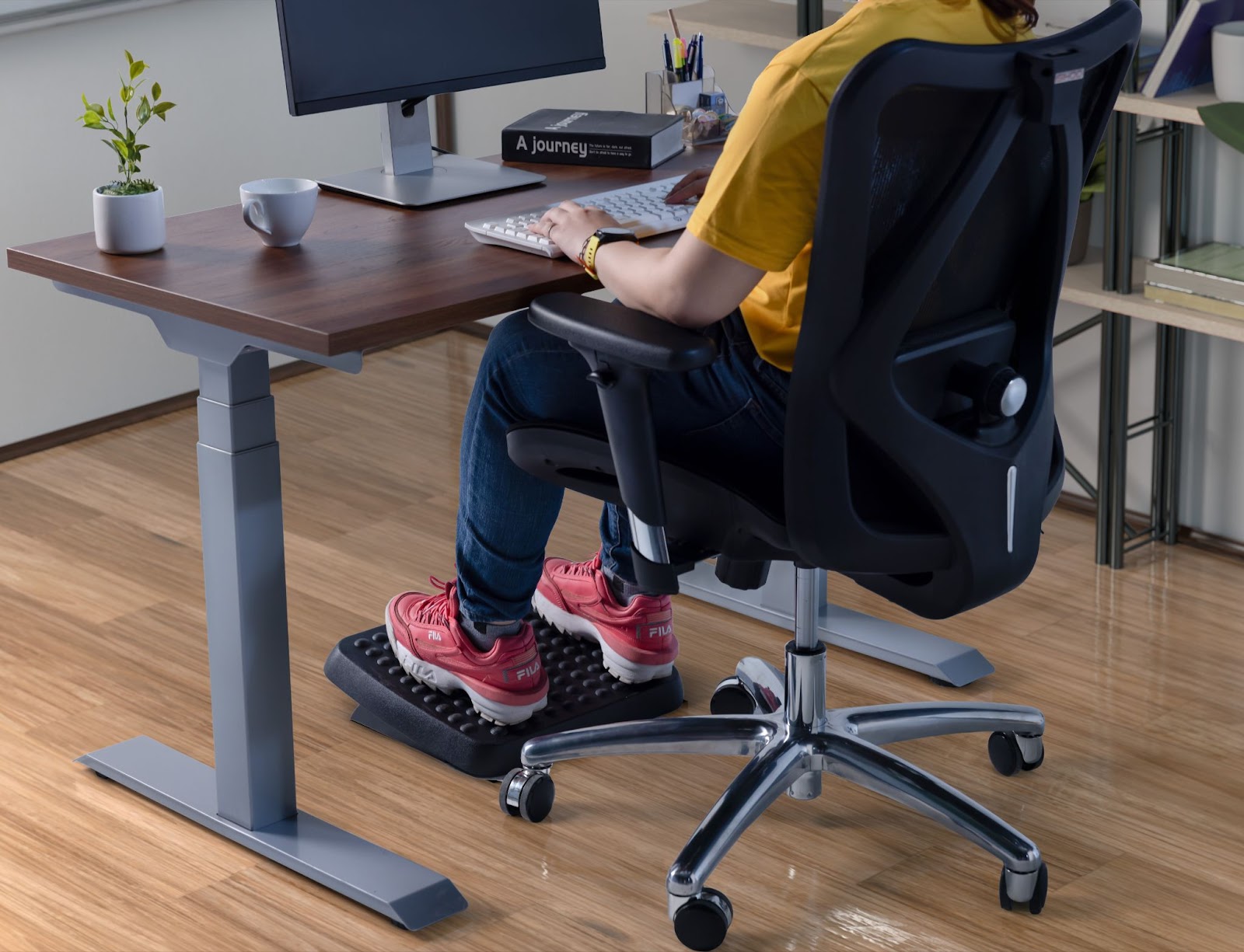In this blog, we will discuss Australia ergonomics and EHS requirements, key legislation and Guidelines to be followed in Australia.
Australia Ergonomics Requirements
Under Section 19 of the Work Health and Safety (WSH) Act, the Primary duty of care, requires all PCBUs (Person conducting a business or undertaking) to ensure, so far as is reasonably practicable, the health and safety of:
- workers engaged, or caused to be engaged by the person, and
- workers whose activities in carrying out the work are influenced or directed by the person, while workers are at work in the business or undertaking. This primary duty of care requires duty holders to ensure health and safety, so far as is reasonably practicable, by eliminating risks to health and safety. If this is not reasonably practicable, risks must be minimised so far as is reasonably practicable.
Setting up an ergonomic workstation at home is a challenge as not all of us know what needs to be done the right way. This has been eased with the information available in these guidance document, Ergonomic principles and checklists for the selection of office furniture. These documents share useful information on designing a workplace ergonomically by considering
- The tasks to be done at the workstation
- The materials and equipment required; and
- The dimensions of the operator/s (anthropometry).
Similar principles could be applied when you set up your workspace at home.
The following report, Work-Related Musculoskeletal Disease in Australia, provides guidance to understand and prevent Musculoskeletal Disorders (MSD) at the workplace, which are muscle, tendon or nerve disorders caused by repetitive exertions, rapid motions, awkward postures, high force contact stresses, vibrations, and/ or low temperatures. Work-related MSDs are also referred to as cumulative trauma disorders, repetitive strain injuries, or repetitive motion illnesses. Here are examples of some common MSDs.
Australia Environmental Health and Safety Requirements
All companies based in Australia are to abide by the Work Health and Safety (WSH) Act and its subsidiary legislations. The Act requires all employers to conduct a risk assessment to identify hazards. Hazard here means anything with the potential to cause bodily injury, and includes any physical, chemical, biological, mechanical, electrical or ergonomic hazard. It is the duty of the employer to ensure that all risks assessments must be reviewed periodically and communicated with all staff. Given the current situation where our home has been our new workplace, It is more relevant to ensure that the risk assessments are updated accordingly. This is to ensure that companies are legally compliant as well as reviewed their Business Continuity Plan for any emergency or unforeseen situation.
The sections from 35 to 39 (Incident Notification) from the Act, require a PCBU to notify the regulator as soon as they become aware of death, serious injury or illness or dangerous incident that arises out of the conduct of the business or undertaking. A serious injury or illness means that results in:
- work-related injury
- immediate hospital treatment as an in-patient
- immediate treatment for serious injuries (for example amputation, scalping, a spinal injury, loss of a bodily function or a serious laceration, burn, head injury or eye injury), or
- medical treatment within 48 hours of exposure to a substance.
The reported data helps the authorities to identify persons and industries at risk, as well as to identify new and emerging ones.
Current Legislation
Updated information for businesses is available off the Safe Work Australia website under COVID-19 Information for Workplaces. Employers can have access to knowledge on how to keep their workplace safe through the implementation of safe measures to ensure.
- a risk assessment is conducted with respect to prevention and management of COVID-19
- physical distancing to keep people apart by at least 1.5 metres is implemented
- to ensure workers and others maintain good hygiene at the workplace.
- cleaning and disinfecting the workplace to protect workers and others from the risk of exposure to COVID-19.
What can you do as an Employer to ensure compliance?
Develop and/or Update the COVID-19 Response Plan
Some of the key action as below:
- address the level(s) of risk associated with various workplaces and work activities in the COVID-19 business plans and OSH risk assessments. For example, where, how and to what sources of COVID-19 might workers be exposed, including the general public, customers, co-workers etc.
- take into account worker’s individual risk factors (i.e. older workers, presence of underlying medical conditions, etc.).
- include in the plan a response plan to deal with a suspected case of COVID-19.
Communication channels
- Regular update to staff on updates on work arrangements or other useful information via appropriate channels, i.e., Intranet, emails, virtual town hall meetings, etc.
Keeping updated with legal updates is as important as having to comply with them. It is a chargeable offence to be non-compliant which can result with penalty along with jail term depending on the severity of the event.
How can Fit for Work help?
To learn more about setting up or managing an ergonomics programme that supports staff working from home or in the office or support with staying legally compliant, you can reach out to Fit for Work. For more information on our Ergonomics Self-Assessment and Education Tool, contact us.



